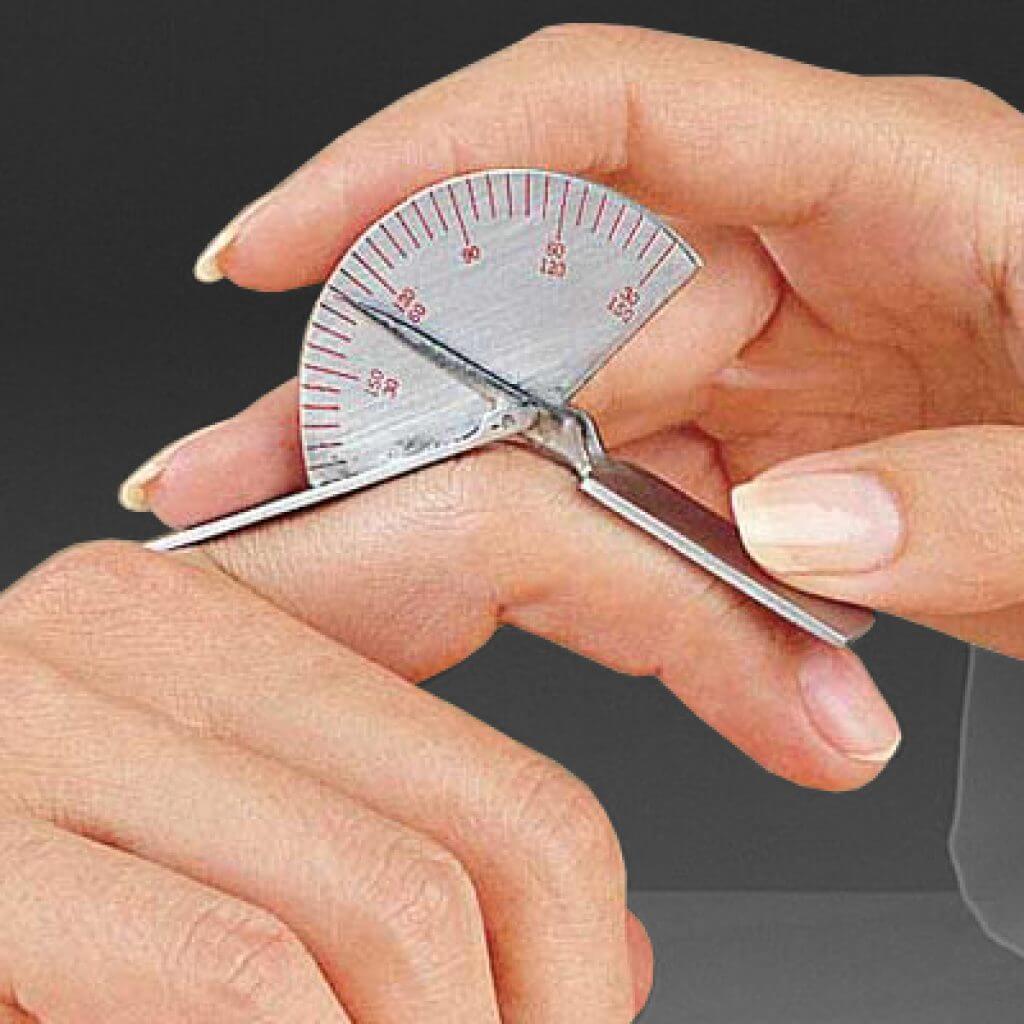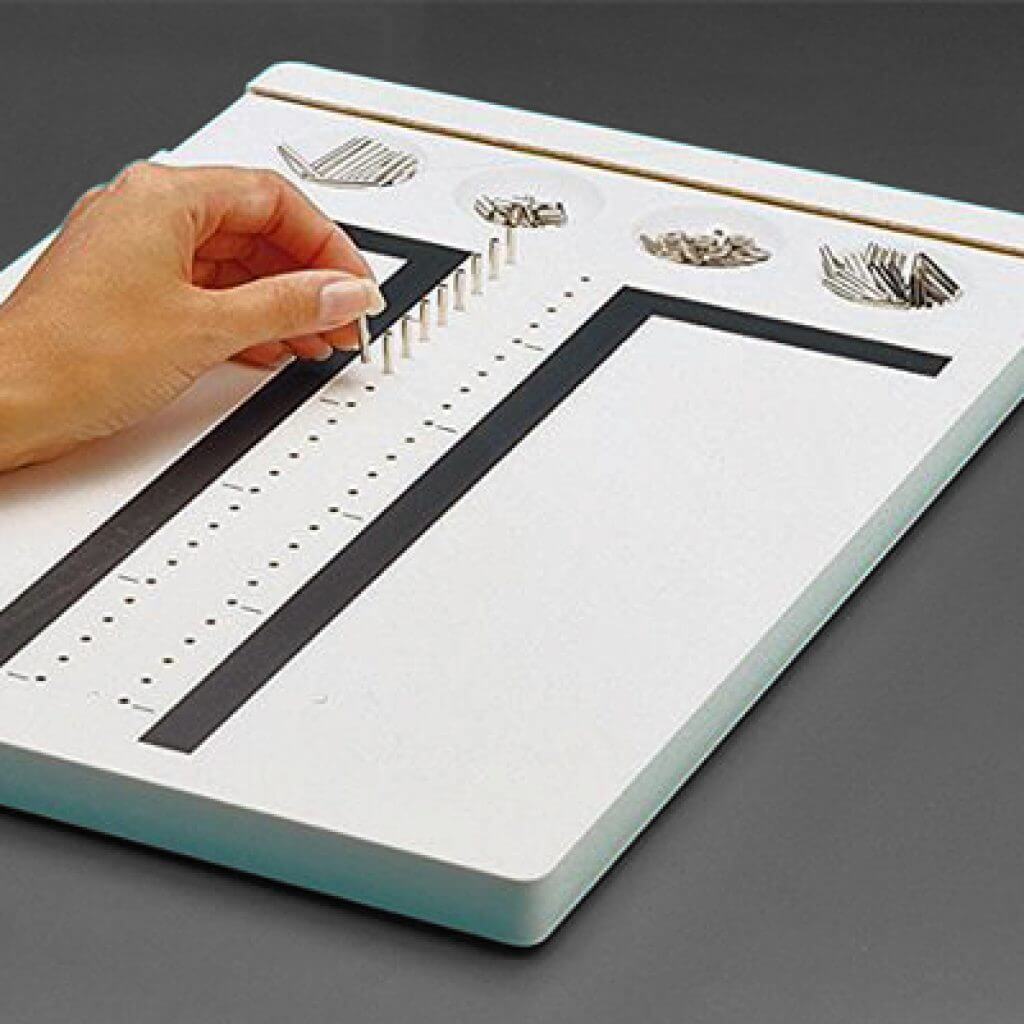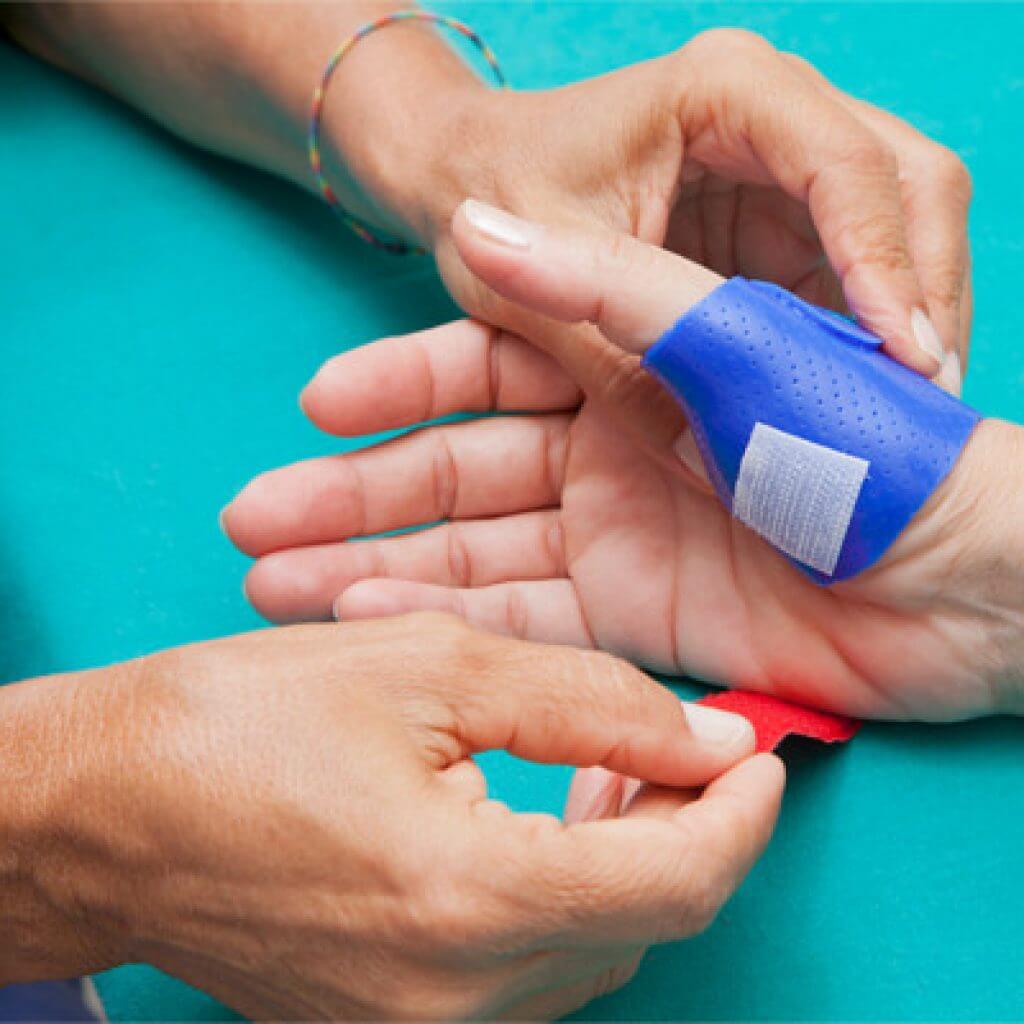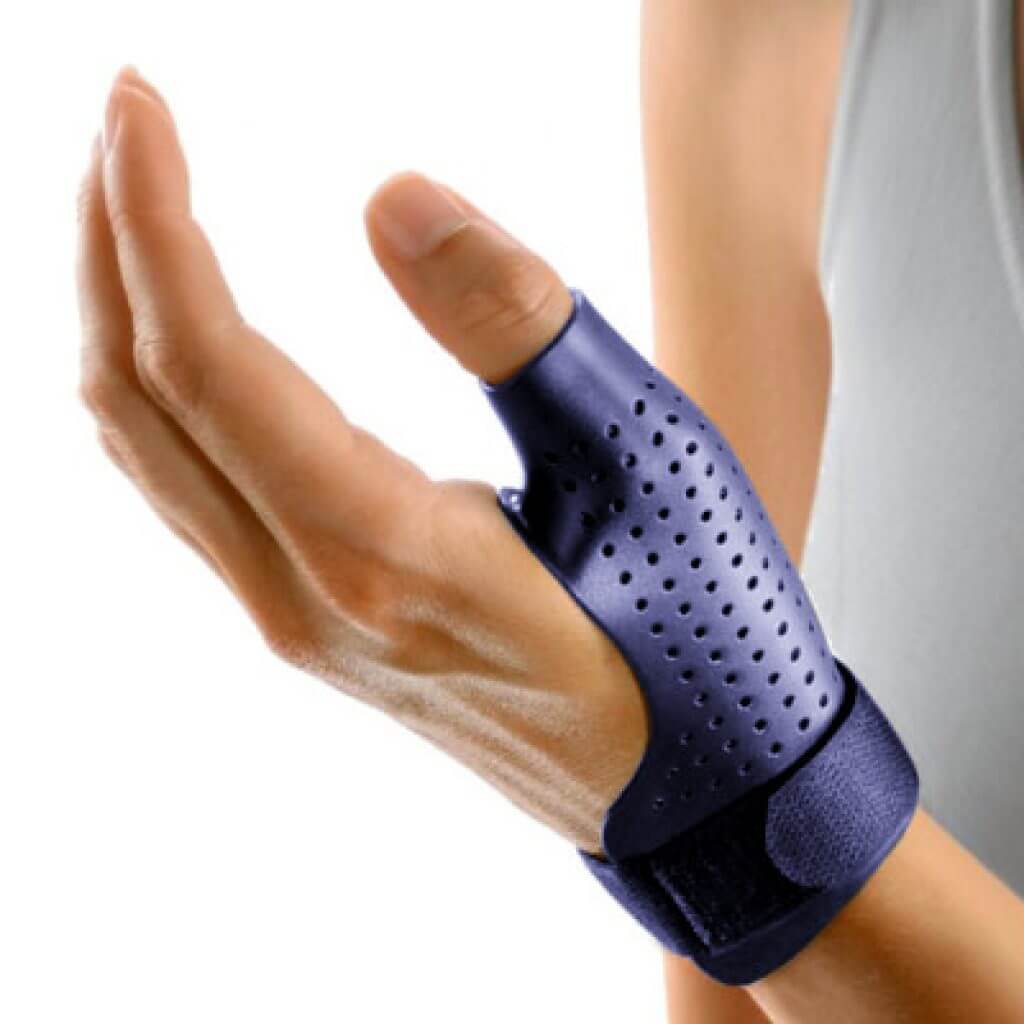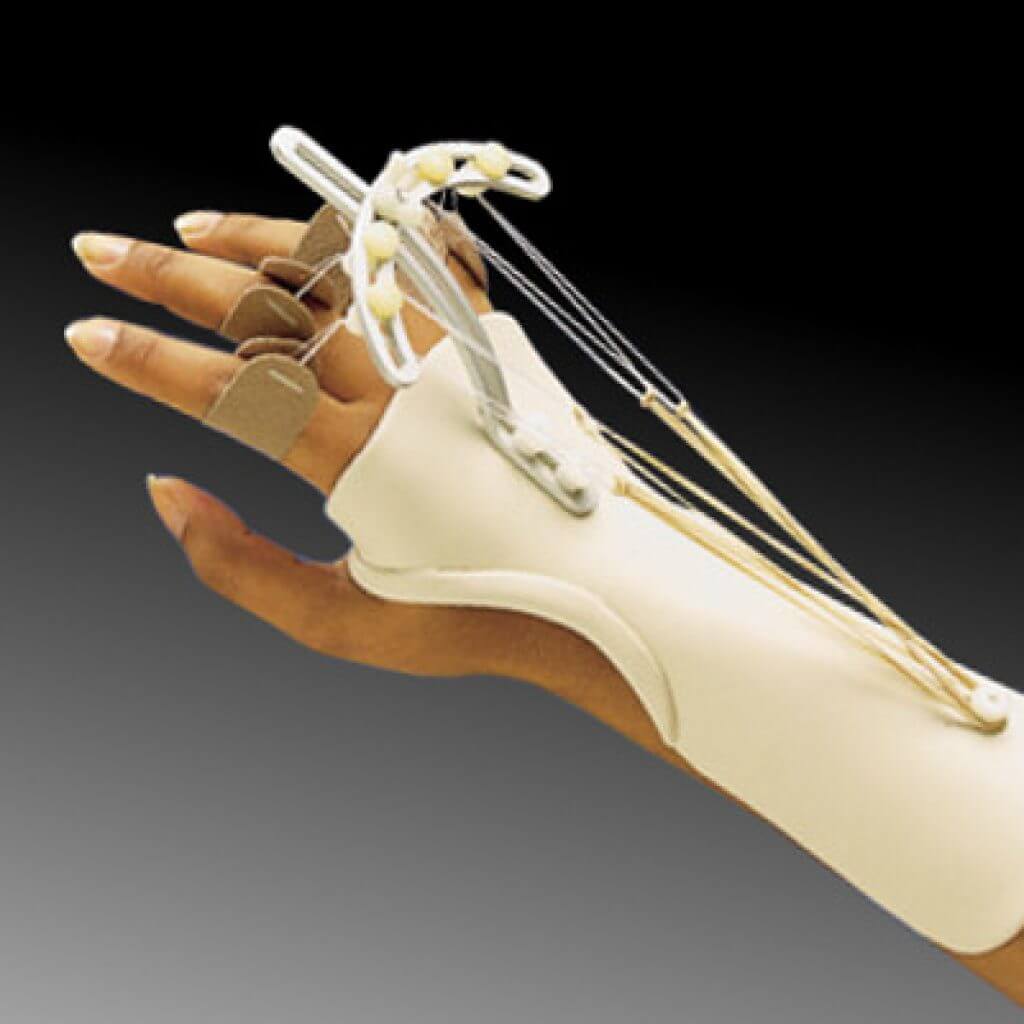The Physiotherapy Service of the Centro Medico Italiano opened in July 2014.
The need and desire to extend the areas of operation of the Centro Medico Italiano and invest in the physiotherapy sector arose from working with the therapist Graziella Urso in the evaluation and rehabilitation of postural problems, mainly of ophthalmological origin, in children.
This positive experience and the growing demand from patients led to the decision to create an internal physiotherapy service for both adults and children.
Who the Service is for
- Adults
- Elderly people
- Children
- Sportspeople
- Dancers
- Musicians
Functional Evaluation
- Viewing the diagnostic documentation
- Taking the medical history
- Evaluation of posture, walking and manual dexterity
- Individual evaluation:
- listening to the description and position of the symptom
- evaluation of pain
- Physical evaluation:
- goniometric joint measurement (measurement of the range of movement) of the joints involved
- strength measurement with special dynamometers for the hand
- Seddon muscular evaluation on a scale of 0-5
- evaluation of finger sensitivity with Semmes-Weinstein monofilaments and Dellon disk discrimination
Treatments
- Osteoarthritis
- Rhizoarthrosis
- Tendinitis
- Carpal tunnel
- Stenosing tenosynovitis
- Rheumatoid arthritis
- Epicondylitis
- Re-education post-fracture
- Periarthritis of the shoulder
- Analysis of posture
- Neck pain (cervicalgia) related to oculomotor problems
- Cervical whiplash
- Dynamic splints
- Splints for ligament injuries of the thumb
- Personalised splints for conditions of the hand
- Proprioceptive re-education of the wrist and ankle
- Study of the athletic movement for all types of sport and personalised re-education programme
- Study and correction of the posture with the instrument
- Prevention of tendinitis from overuse
This is an applied, non-pharmacological treatment used in tendon problems and swelling, irrespective of the nature of the problem and the patient’s age.
It is applied by the physiotherapist and its therapeutic action is the result of the tension of the fabric and the posture of the limb during application.
The Coban bandage is self-adhesive and slightly elastic. Applied spirally, it creates a slight ‘pressing’ of the area to treat, promoting movement and lymphatic drainage.
It can be applied to:
- the finger of the hand (width 2.5 cm)
- the ankle (width 5 cm)
- the knee (7.5 cm)
- Treatment of all post-traumatic orthopaedic conditions, whether skeletal, of peripheral nerves or tendons, from 3 months to 14 years of age
- Evaluation of posture when writing with additional ophthalmologic analysis if necessary
- Treatment of congenital malformations, particularly of the upper limbs
- Making up hand-wrist and foot-ankle splints in special materials for congenital malformations, also for young babies
Splints
Making up personalised hand splints
The treatment of conditions of the hand and upper limb often includes the use of splints for the joints involved.
Thermoplastic materials that can be shaped at low temperature arrived in Italy in the 1980s. They allow the therapist to make up an auxiliary useful for recovery directly on the patient’s hand.
The illness, trauma, type of operation undergone, type of tissue, age and profession of the patient are the criteria guiding the choice of splint.
The therapist designs and creates the splint directly on the patient’s hand and shows the measurements on the sheet of thermoplastic material (even the preferred colour can be chosen). This is then immersed material in water heated to 70° and becomes as soft as a cloth in just a few minutes so that it can be shaped on the hand.
This procedure gives precision and lightness, offering greater comfort and aesthetics to the patient. The material also allows all the changes necessary over time to be made as recovery takes place.

